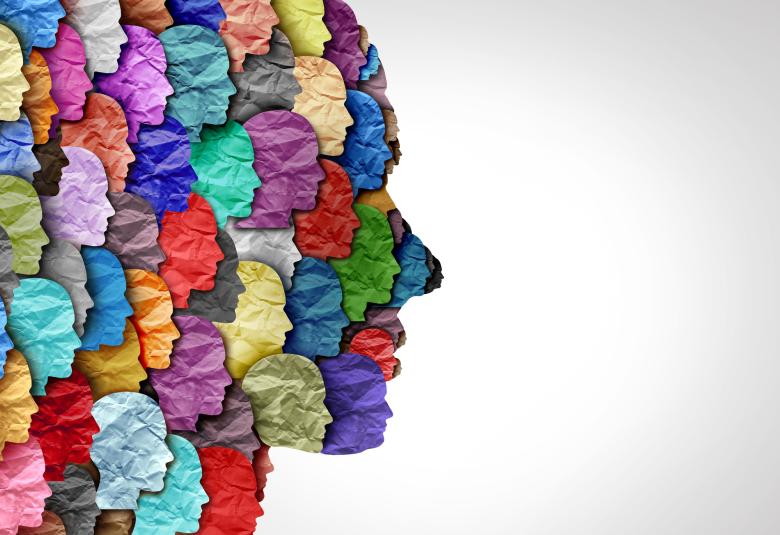In the context of a new report which calls for an improvement in the diagnosis and management of mania with depressive symptoms, Professor Pompili highlights the importance of open discussion about suicide.
It is a sad fact that 90 per cent of all suicide cases worldwide have an association with mental health disorders.1 This is especially prevalent amongst people who suffer from mania with depressive symptoms; a severe form of bipolar I disorder.2
Research has shown that over half of patients experiencing mania with depressive symptoms will consider or attempt suicide.3,4 In fact, these people are at a four-fold increased risk of suicide compared to other phases of illness.5
Within the healthcare professional community, it is of utmost importance that we are able to quickly recognise patients experiencing mania with depressive symptoms so we can stabilise their mood and help prevent the risk of suicide by prescribing an appropriate treatment. One of the most critical factors when seeing patients affected by bipolar I disorder, and particularly mania with depressive symptoms, is to ensure that the suicide risk is openly discussed; too often healthcare professionals avoid discussing this subject in fear of ‘planting the idea’ into a patient’s head. The subject of suicide should not be a taboo and we need to understand WHY patients either want to attempt suicide or have attempted suicide.
To help initiate these early conversations with bipolar I disorder patients, I have collaborated with a group of global psychiatrists, patient group representatives and carers of those affected by bipolar I disorder, to develop a report calling for an improvement in diagnosis and management of mania with depressive symptoms. The report, titled ‘Paying the Ultimate Price’ aims to support healthcare professionals routinely assess and consider depresive symptoms during episodes of mania in their patients, in order to provide the correct treatment and help mitigate the elevated risk of suicide. It also calls for improved education, awareness and understanding amongst psychiatrists and other healthcare professionals around suicide risk and prevention in bipolar I disorder patients.
The impact of suicide in those affected by episodes of mania with depressive symptoms cannot be underestimated. But there is also a knock on effect to the friends and family of the patient, caregivers and the economy. It is imperative that we work together to ensure a speedy diagnosis and appropriate treatment to help reduce the risk of suicide in the long term to help the patient lead a healthy and productive life.
The ‘Paying the Ultimate Price’ report can be downloaded here
The report was made in collaboration with H. Lundbeck A/S.




